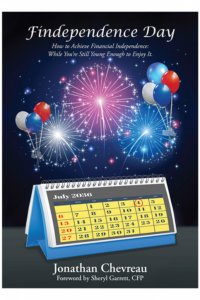As interest rates have fallen, investors who have traditionally relied on bonds and bond-like investments for income have faced tough decisions. Finding safe and predictable income streams has been a challenge.
For many, this has meant turning to equities, particularly global brand leaders with strong businesses. While the share price of these companies rises and fall with the broader economy, they have strengths that allow them to continue to remain profitable in downturns while continuing to pay dividends.
A diversified portfolio of these large-capitalization multinationals helps to protect against economic risk and offers shelter and opportunity. The companies have strong cash flow and balance sheets, well-established businesses and a commitment to dividend growh. In downturns, their share prices tend to fall the least and recover first.
This strategy is at the heart of the Harvest ETFs philosophy. Harvest offers simple, transparent, competitively priced Exchange Traded Funds (ETFs) that own the most successful global businesses. Over time these companies generate steady growth and income. The Harvest way can be summarized as: Global leaders = high income + long term growth.
This thinking led Harvest to create a suite of ETFs that combine capital growth opportunity and monthly distributions with tax efficient current yields of between 5 and 8%.[i]
Harvest achieves this yield in two ways. It chooses global leaders, or the biggest and most dominant companies in their industry. The companies must have a history of profitability and weathering all economic cycles, plus a record of paying dividends that tend to rise over time.
Second, Harvest enriches the returns with a covered call strategy. Harvest is third largest option writing firm in Canada with seven of its 13 ETF’s having option writing strategies.
The covered call strategy adds to the basic dividend income safely by selling a portion of the potential rise in stock price in exchange for a fee. The fee limits the gain a bit, but it also acts as a cushion if share prices fall, because the fee is kept no matter what. Continue Reading…







